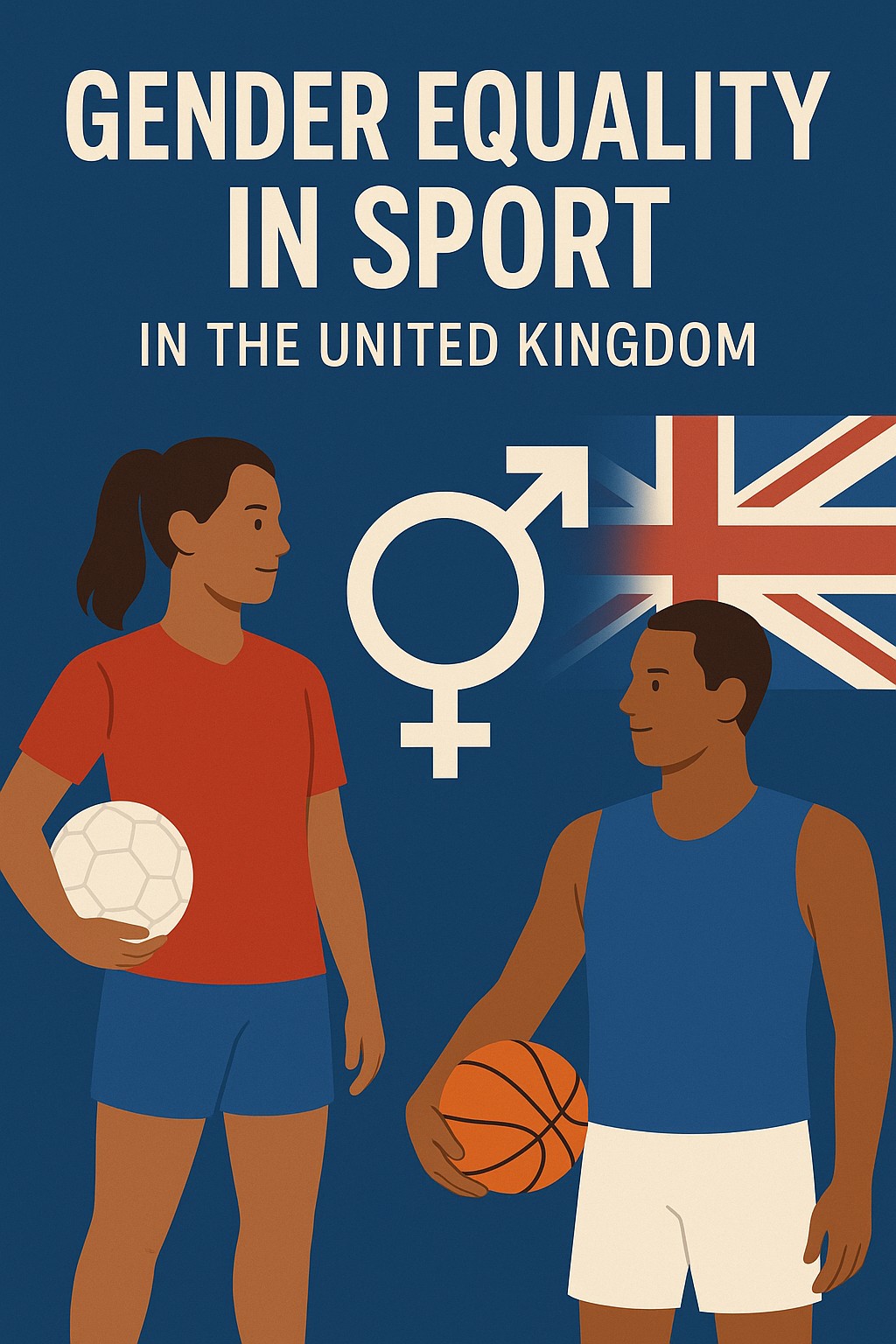GENDER EQUALITY IN SPORT IN THE UNITED KINGDOM

Despite ongoing campaigns aimed at increasing female participation in sport in the United Kingdom (UK), gender equality in UK sport continues to face challenges in several respects.
Fewer girls are participating in team sports; there is a higher drop-out rate for girls by the age of 14; and women in coaching and senior leadership roles are underrepresented; only 25% of sports board chairpersons are women.
Overall, women are less active than men in sport and the number of female coaches has declined.
To some extent, there is also a stereotypical bias against women’s participation in certain sports, for example, boxing.
Women and girls also face practical obstacles, such as childcare responsibilities and a lack of time, which are affecting their ability to participate in sport.
Women are also subject to discriminatory regulations by sports governing bodies, based ostensibly on biological differences between females and males, such as those which figured in the landmark Caster Semenya European Court of Human Rights case.
Also, there are cases of sports clubs providing unequal facilities for men and women.
Despite the growing demand, women’s sports events tend to receive significantly less media coverage compared with men’s sports events, although women’s football is increasing in popularity and, as a result, is receiving more television and other media coverage and attention.
Women athletes tend to be paid less than their male counterparts and there are also financial disparities in sponsorship opportunities between male and female athletes.
However, the tennis star, Venus Williams, successfully led the campaign for equal prize money for male and female competitors at the Wimbledon Tennis Championships.
Also, campaigns, such as Sport England’s “This Girl Can“, which was launched in January 2015, aims to inspire more women and girls to become more active by challenging the idea that exercise must look a certain way.
Furthermore, publicly-funded sports organisations are required to have diversity and inclusion action plans, with a commitment to address the gender gap through policies, such as the Code for Sports Governance, which was launched in 2016 and reviewed in 2020.
Finally, see also the important Report of 8 September 2025 on ‘Driving Gender Equality Through Sport’ by Prof Leanne Norman of Leeds Beckett University, UK, accessible at: https://www.leedsbeckett.ac.uk/blogs/research-enterprise/2025/09/driving-gender-equality-through-sport/.
Although progress has been made in closing the gender gap in sport in the UK in a number of ways, challenges still remain for achieving the ultimate goal of the International Olympic Committee to eliminate discrimination in sport on the grounds of gender, pursuant to the Olympic Charter.
We advise on all aspects of gender discrimination in sport in the UK, and further information is available by emailing our UK and International Sports Law Consultant, Prof Dr Ian Blackshaw, at blackshaw@valloni.ch.